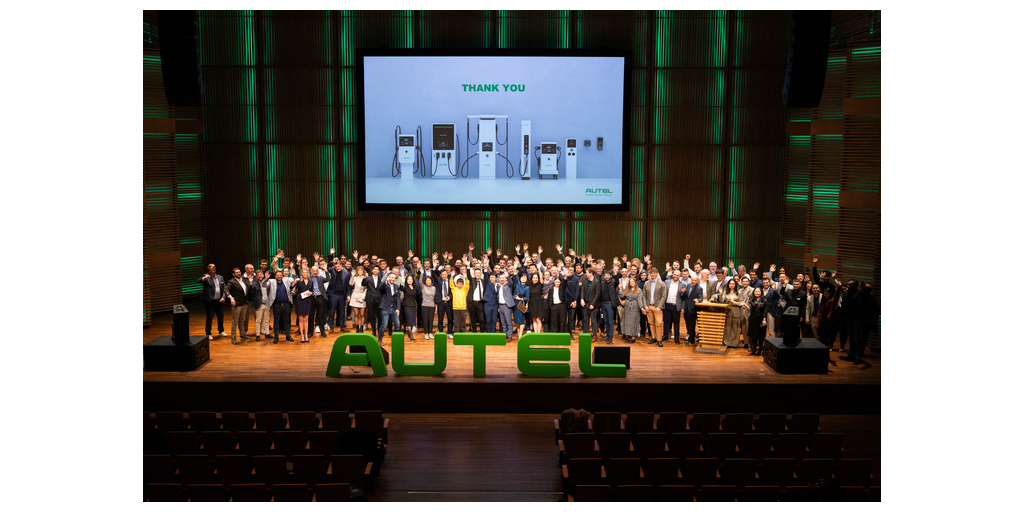Managers, imagine a scenario in which five employees on your ten-person team are dissatisfied and disengaged at work, either mildly or acutely. What if a few of those five are acting as cranky force multipliers, wreaking havoc with your best performers’ morale?
That scenario is not a stretch, recent McKinsey research shows. In fact, more than half of employees we surveyed report being relatively dissatisfied with their jobs. That’s a big percentage that strikes at the heart of value creation for organizations that are already facing rising labor costs and declining worker productivity.
To help solve the problem, managers should first figure out where employees fall along a satisfaction spectrum (exhibit). Our short quiz gets at the core of which employee archetype best describes most employees. Giving the quiz to your team—for them to answer anonymously, for obvious reasons—may provide fodder for some interesting conversations and spur actions to improve engagement.

3–8 points: Quitter
Quitters are very or somewhat likely to leave their jobs in the next three to six months, but they are not necessarily the lowest performers. Strong people leaders who are connected to their teams can keep high-potential and high-performing workers in this group from leaving for greener pastures.
9–10 points: Disruptor
Disruptors may feel that their needs are not being met, so they rebel and start a vicious cycle that reinforces their behavior within the organization and negatively affects higher-performing teammates. Career development opportunities, as well as honing a sense of purpose at work, are essential for these employees.
7–19 points: Double-dipper
Double-dippers—who hold two or more full-time, salaried jobs (yes, they exist, and there are more of them than ever)—garner a wide range of points because they are spread throughout our categories depending on where they fall on the performance, satisfaction, and well-being spectrums. To ensure that these workers don’t feel trapped in jobs without advancement possibilities, managers can carefully map career paths and role responsibilities.
11–13 points: Mildly disengaged
The mildly disengaged are neither satisfied nor disruptive in a way that harms the organization. They put in the time and effort to fulfill minimum job requirements, but leaders should not expect these workers to make sacrifices for the company over their personal lives. To elevate performance in this group, employers can focus on flexibility.
14–18 points: Reliable and committed
People in this group are on the positive side of the satisfaction spectrum. And they’re part of the organizational core of reliable performers who will also go above and beyond for an employer. People in this archetype are motivated by meaningful work, flexibility, and a workplace environment that has supportive coworkers who are open to collaboration.
19 points: Thriving star
The top talent in any organization, these stars sport sustainably high levels of well-being and performance. This group also has a positive impact on team performance and productivity. To help prevent burnout and create sustainable conditions for these (rare) value creators and drivers of innovation, managers should limit the number of projects these people are working on, since their input is in high demand.
Our research shows that better performance and higher well-being lead to healthier workplaces and more consistent organizational performance. Managers who move their employees up the satisfaction spectrum toward higher engagement are therefore making a strategic choice.
A final thought as the new year gets under way: an organization’s working model plays an important role in the engagement level of employees. Our research shows that while most thriving stars do best in a remote-working environment, a hybrid model can maximize the benefits for the highest number of people. Coming in last: working mostly in person. Caveat employer.



